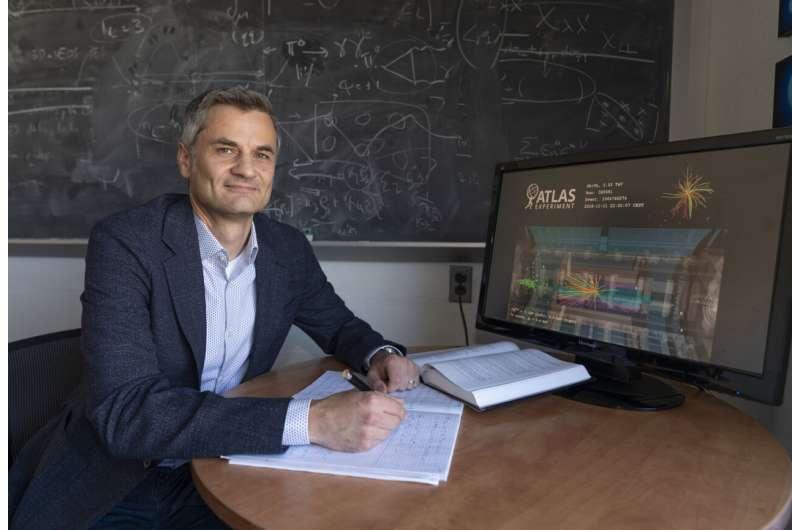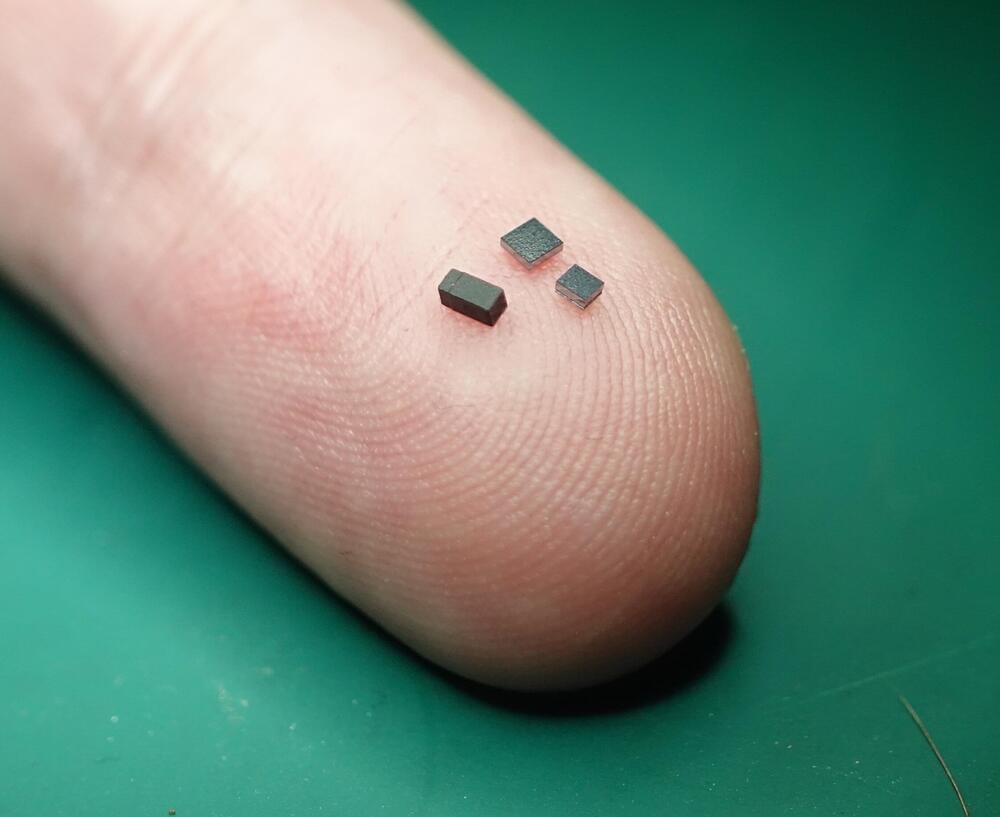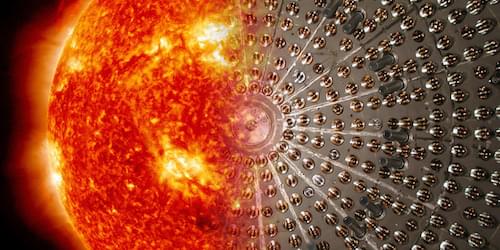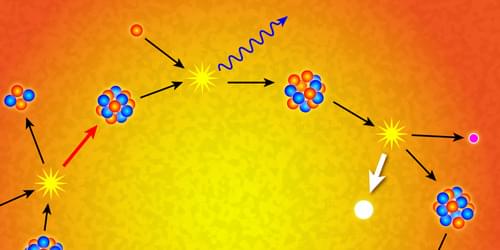WASHINGTON — The United Nations General Assembly approved a resolution calling for a halt to one type of anti-satellite (ASAT) testing, a largely symbolic move intended to support broader space sustainability initiatives.
The resolution, introduced by the United States and several other nations, was approved by the U.N. General Assembly Dec. 7 among dozens of other resolutions on arms control and related topics with little discussion or debate. A total of 155 nations voted in favor of the resolution, with 9 voting against it and 9 others abstaining.
The resolution calls on countries to halt destructive testing of direct-ascent ASAT weapons, citing concern that such creates large amounts of debris that threaten the safety of other satellites. An example is the November 2021 ASAT test by Russia that destroyed the Cosmos 1,408 satellite, creating nearly 1,800 tracked pieces of debris and likely many more objects too small to be tracked. About a third of the tracked debris from that test was still in orbit nearly a year later.







